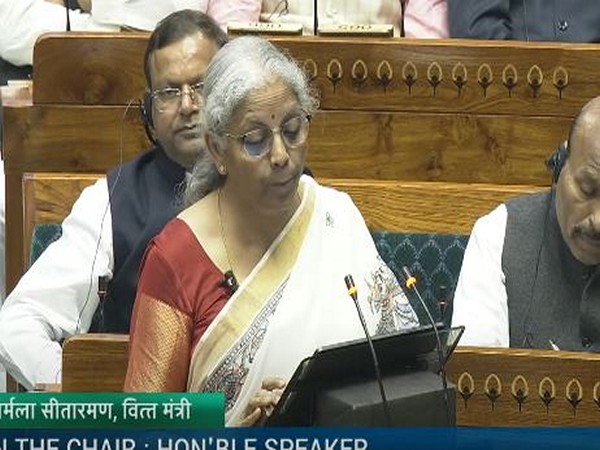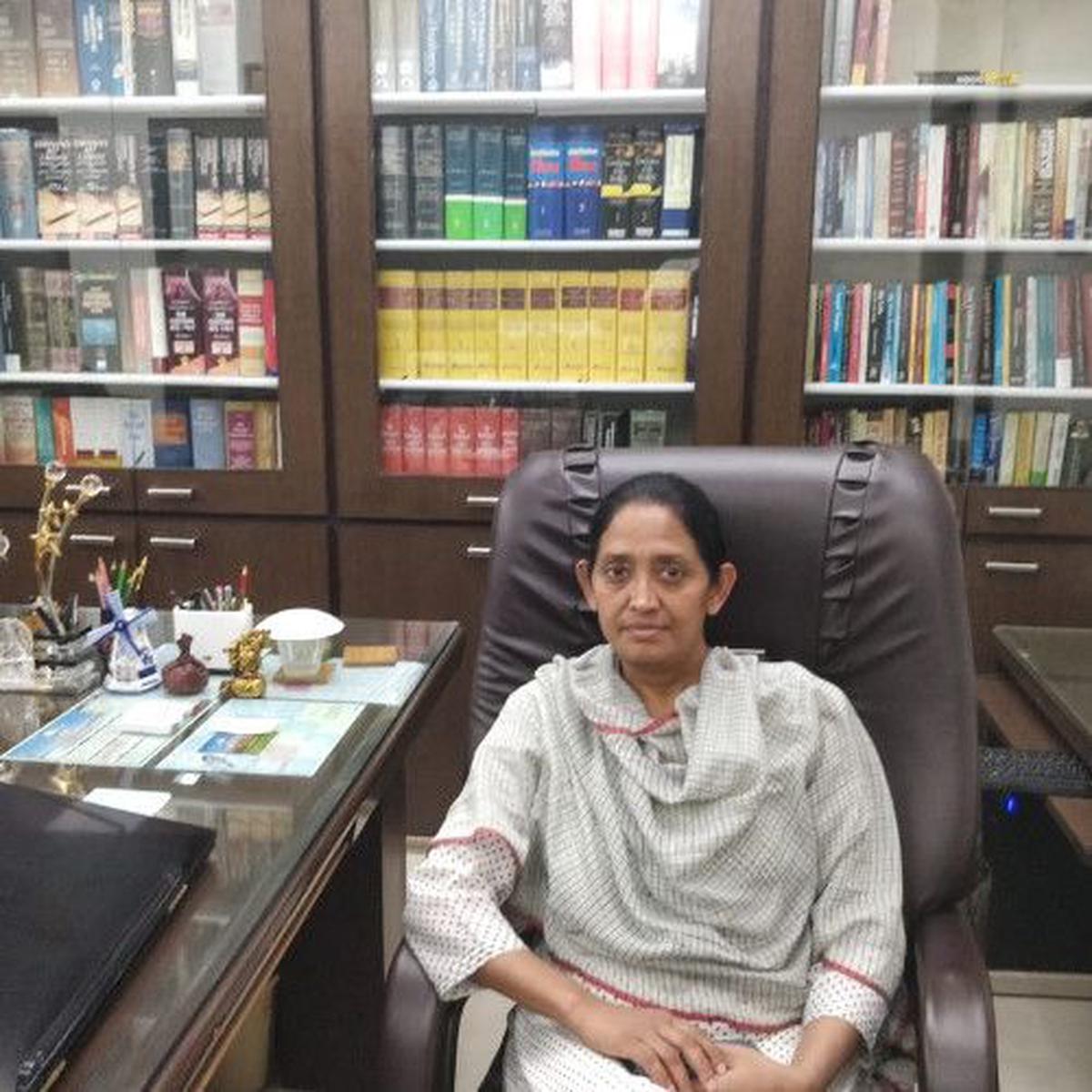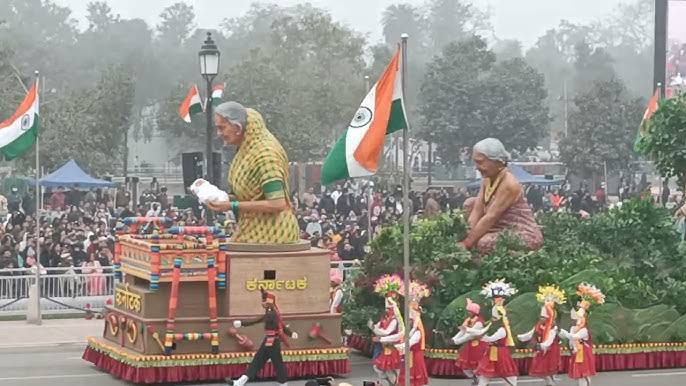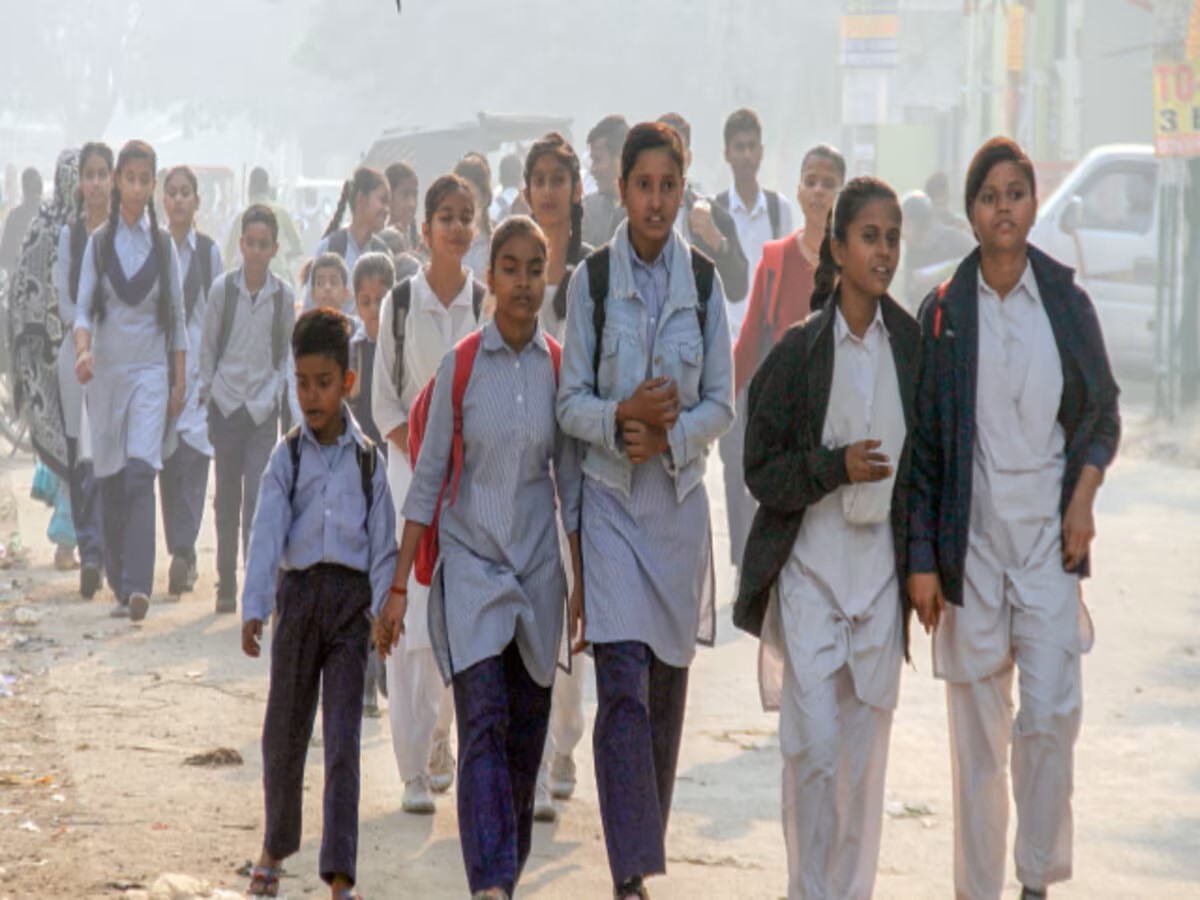India’s 2025 Union Budget, presented by Finance Minister Nirmala Sitharaman, has been hailed as a landmark financial roadmap aimed at accelerating economic growth, empowering the middle class, and fostering innovation across multiple sectors. Prime Minister Narendra Modi described it as a budget that reflects the aspirations of 140 crore Indians, emphasizing that it will drive savings, investment, and consumption while strengthening the nation’s economic trajectory.
 Unlike traditional budgets that focus on revenue generation for the government, this year’s budget prioritizes how Indian citizens can save more, invest better, and actively contribute to the nation’s development. A major highlight is the tax relief for middle-class taxpayers, with income up to ₹12 lakh now exempt from taxation. This move is expected to benefit salaried professionals, young job seekers, and emerging entrepreneurs, providing them with greater financial flexibility and encouraging economic participation.
Unlike traditional budgets that focus on revenue generation for the government, this year’s budget prioritizes how Indian citizens can save more, invest better, and actively contribute to the nation’s development. A major highlight is the tax relief for middle-class taxpayers, with income up to ₹12 lakh now exempt from taxation. This move is expected to benefit salaried professionals, young job seekers, and emerging entrepreneurs, providing them with greater financial flexibility and encouraging economic participation.
In a bold step toward reforms, the budget introduces initiatives to boost nuclear energy by inviting private sector participation. This decision is expected to revolutionize India’s civil nuclear energy sector and contribute significantly to sustainable development. Another game-changing reform is granting infrastructure status to shipbuilding and select tourism projects. By doing so, the government aims to strengthen domestic manufacturing, generate employment, and enhance India’s presence in global maritime industries. Tourism, a sector with immense employment potential, has also been given a significant boost, with incentives for hotel infrastructure development at key tourist destinations.
Cultural heritage and knowledge preservation find a place in this budget through the launch of the Gyaan Bharatam Mission, which will protect and digitize one crore ancient manuscripts. A national digital repository inspired by India’s traditional knowledge systems will also be created, blending technology with heritage conservation.
For farmers, the PM Dhan-Dhanya Agriculture Scheme promises a transformation in rural economies. Irrigation and infrastructure development across 100 districts will enhance agricultural productivity, while the expansion of the Kisan Credit Card limit to ₹5 lakh will provide greater financial security to farmers. These measures aim to strengthen India’s agrarian backbone and improve livelihoods in rural areas.
A strong emphasis has been placed on manufacturing and entrepreneurship. The National Manufacturing Mission is designed to support industries like clean tech, leather, footwear, and toys, ensuring that Indian products gain a stronger foothold in global markets. To further promote entrepreneurship, credit guarantees for MSMEs and startups have been doubled, and SC/ST and women entrepreneurs will now have access to collateral-free loans up to ₹2 crore. This initiative aligns with the government’s vision of making India a hub for innovation and self-reliance.
Recognizing the growing influence of the gig economy, the government has taken a progressive step by formally registering gig workers on the e-Shram portal. This move will extend social security benefits, including healthcare services, to millions of workers in the informal sector, reinforcing the principle of Shramev Jayate (Dignity of Labor).
In addition to these socio-economic measures, the budget places a strong emphasis on deep-tech innovations with the establishment of a Deep Tech Startup Fund, a Geospatial Mission, and a Nuclear Energy Mission. These initiatives highlight India’s commitment to future-ready technology, research, and self-sufficiency in critical sectors.
Overall, the 2025 Union Budget presents a forward-looking economic vision that not only addresses present challenges but also prepares the country for long-term growth. By promoting financial inclusion, job creation, technological advancement, and rural development, the budget reinforces India’s ambition of becoming a globally competitive and self-reliant economy. As Prime Minister Modi concluded, this is truly a “People’s Budget”—designed for the aspirations, progress, and prosperity of every Indian citizen.




